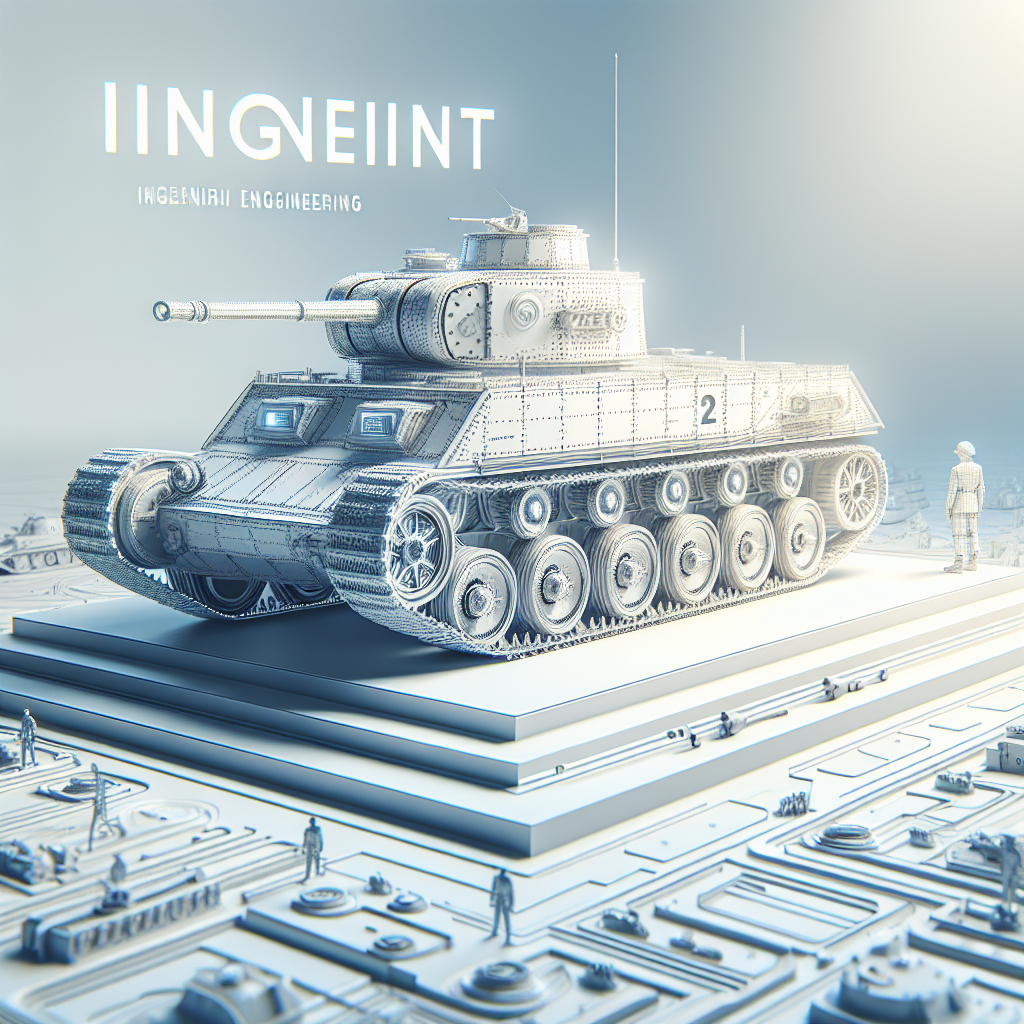Did you know that an obsolete tank chassis from Romania once became a surprisingly effective fighting machine during World War II? The TACAM R-2, short for Tun Anticar pe Afet Mobil R-2, is a Romanian tank destroyer that emerged during the chaos and desperation of the early 1940s. Taking center stage in an era when Romania found itself caught between the Axis powers and the ever-persistent Soviet threat, this vehicle holds a unique place in history.
Romania produced the TACAM R-2 during World War II by modifying outdated R-2 light tanks they had previously acquired from Czechoslovakia (known to the Czechs as the LT vz. 35). With limited resources and a pressing need for anti-tank weaponry, Romanian engineers repurposed these old tanks by mounting a powerful Soviet 76.2 mm ZiS-3 anti-tank gun on them. This transformation occurred primarily in workshops located in Bucharest, around the period between 1943 to 1944. The intent behind this project was to beef up Romania's defensive capabilities as the tide of war ebbed and flowed unpredictably.
The conditions that gave rise to the TACAM R-2 were not just of military interest but also steeped in political intrigue. The Romanian government of the time, led by the authoritarian Ion Antonescu, sought to bolster its forces against the advancing Soviet army. At this point, Romania was allied with Nazi Germany, and its military was largely ill-equipped to repel Soviet armor. The development of the TACAM R-2 thus reflects a broader narrative of countries caught in tight spots during wartime, trying to fend off enemies with whatever resources they could muster.
The ingenuity of the TACAM R-2 lies mainly in its practical adaptation. The R-2 chassis was deemed outdated for modern warfare by the early '40s, yet Romanian engineers found a way to repurpose it effectively. They stripped down the Czechoslovakian tank hulls, reinforced the front armor, and mounted the Soviet gun, complete with its shield for protection. The result? A surprisingly competent weapon against Soviet armor, giving Romanian forces a much-needed boost.
From a technical standpoint, one might debate the real effectiveness of such improvisations versus newer, purpose-built machinery. Of course, compared to the German Panzer or the Allied Shermans, the TACAM R-2 might seem like a relic. However, its creation is an example of practicality and necessity during a time of scarcity and pressure. This aspect of wartime ingenuity might resonate with us today, where Gen Z values creativity and resourcefulness maybe even more than traditional prowess.
Now, if we shift our perspective to an empathetic view, understanding both sides becomes vital. While the Axis powers, including Romania at that time, were engaged in aggressive expansion, the realities for everyday Romanians were starkly different. Here, a cold irony appears; repurposing Soviet weaponry to fend off Soviet forces underscores the unpredictable twists of allegiance and survival during wartime.
Today's conversations about adapting existing technology to fit new purposes can draw inspiration from these wartime innovations. Much like tackling climate change by adapting old systems for renewable energy, the TACAM R-2 is a reflection of using what we have until what we need becomes attainable.
This historical vehicle not only symbolizes the importance of ingenuity in times of need but also highlights the tension and complexity of war strategies. As romania's ties shifted during the war's latter stages, helping pave the way for a Soviet-influenced regime post-war, it's clear the TACAM R-2 represents more than a military tool. It is a symbol of a nation's struggle to adapt and survive amid political turbulence.
Discussing war machines like the TACAM R-2 invites us to think about broader societal themes: how self-reliance and creativity become pivotal when faced with overwhelming challenges, and how societies under duress may find unexpected paths to progress. Reminders of such resilience are more than historical footnotes; they provide valuable lessons for future generations navigating through various crises.
Reflecting on these themes also encourages a broader dialogue with historical empathy, recognizing that technological innovations often carry mixed legacies. Just as the TACAM R-2 was a product of both devastation and invention, the innovations of today will carry their own histories and moral implications. This insight is important for understanding not just how history is shaped but also how we shape the future with the tools available to us today.

